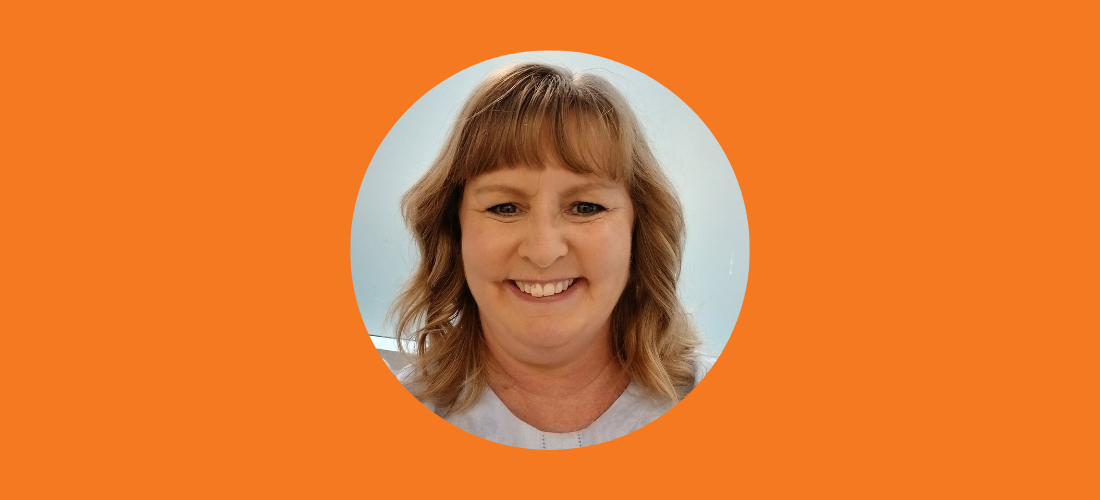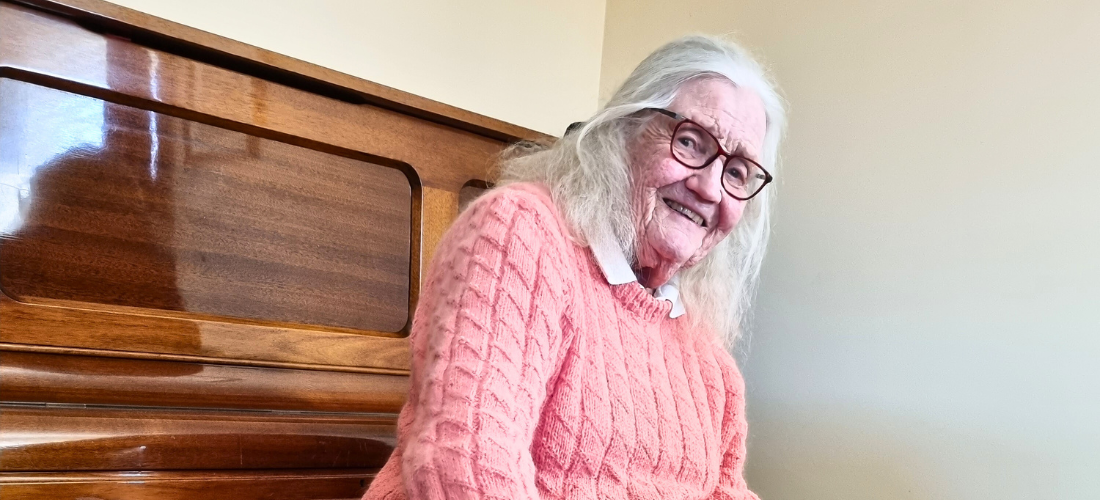A disturbing diagnosis
When Val was first diagnosed with wet age-related macular degeneration (AMD) she was frustrated at having to deal with yet another health issue.
She felt confronted and questioned “why me?”.
After the initial shock of diagnosis, Val realised she needed to accept that AMD was now part of her life.
Knowing what she does now about age-related macular degeneration, Val regrets not having her eyes checked as soon as she noticed changes in her vision.
“It was a busy time in my life and although I had noticed straight lines appearing wavy, and even a pinkish hue across my vision on waking which disappeared during the day, I delayed making an appointment with my eye specialist,” said Val.
“When I finally had my eyes checked I was diagnosed with wet macular degeneration in both eyes and there and then was referred to a retina specialist for immediate treatment.”
A strict treatment regimen
In the early days, Val’s treatment, which consists of an injection into the eye, was every two weeks on alternate eyes.
She did this for five years accepting this was what she had to do to maintain her sight.
“I now go once a month for injections, and have both my eyes treated during the one appointment. It’s not for everyone, but I prefer to get it done and then get on with my other commitments,” said Val.
“We did try and extend the injections longer than a month, but my specialist discovered that my sight deteriorates if I leave it any longer.”
AMD impacts on the family
Val is aware that her age-related macular degeneration, and its treatment, doesn’t just impact her life, but also her husband’s life too.
“My husband Doug is tireless in his support, but it can get difficult as he juggles looking after our grandson and driving me to and from my injections.
“Sometimes following treatment I am not always able to attend activities planned through our community groups, I just have to fit my life around my injections.
“I am so grateful that there is a treatment available to me. If I had been diagnosed only a few years earlier, before treatment became available, I would have certainly lost my vision,” said Val.
Posted: 28 August 2018 and updated 23 March 2022.

















